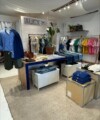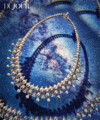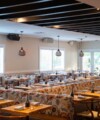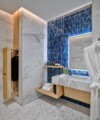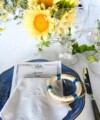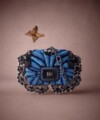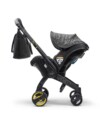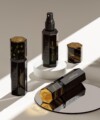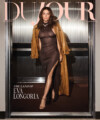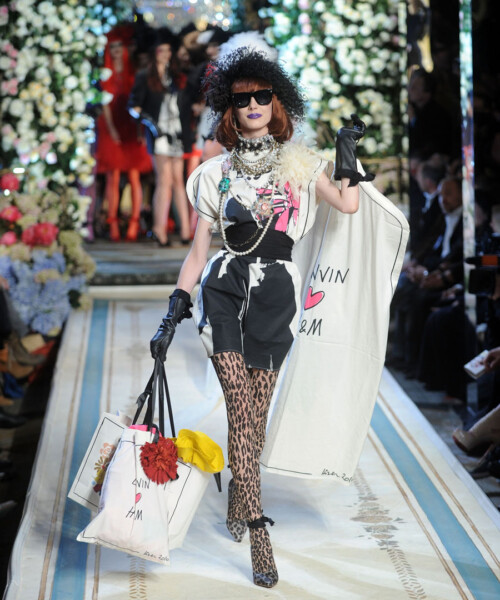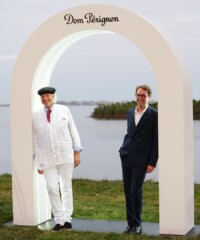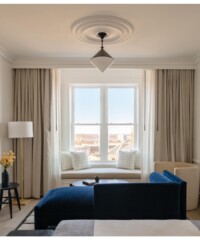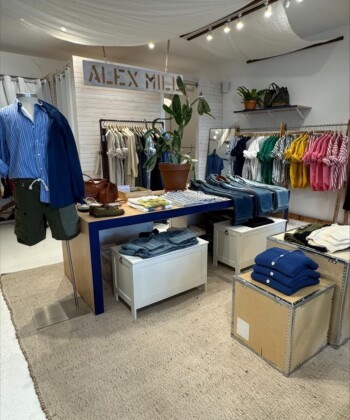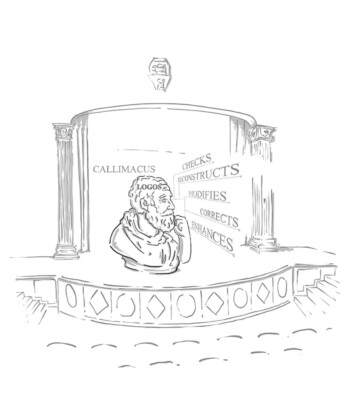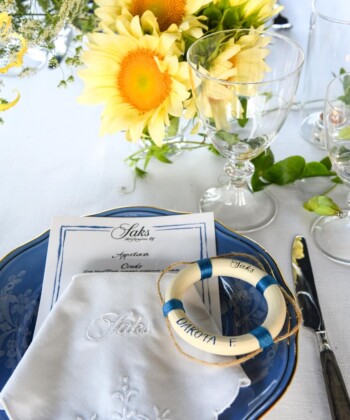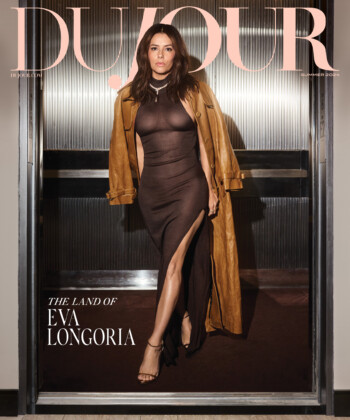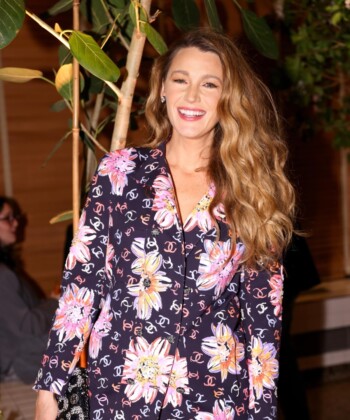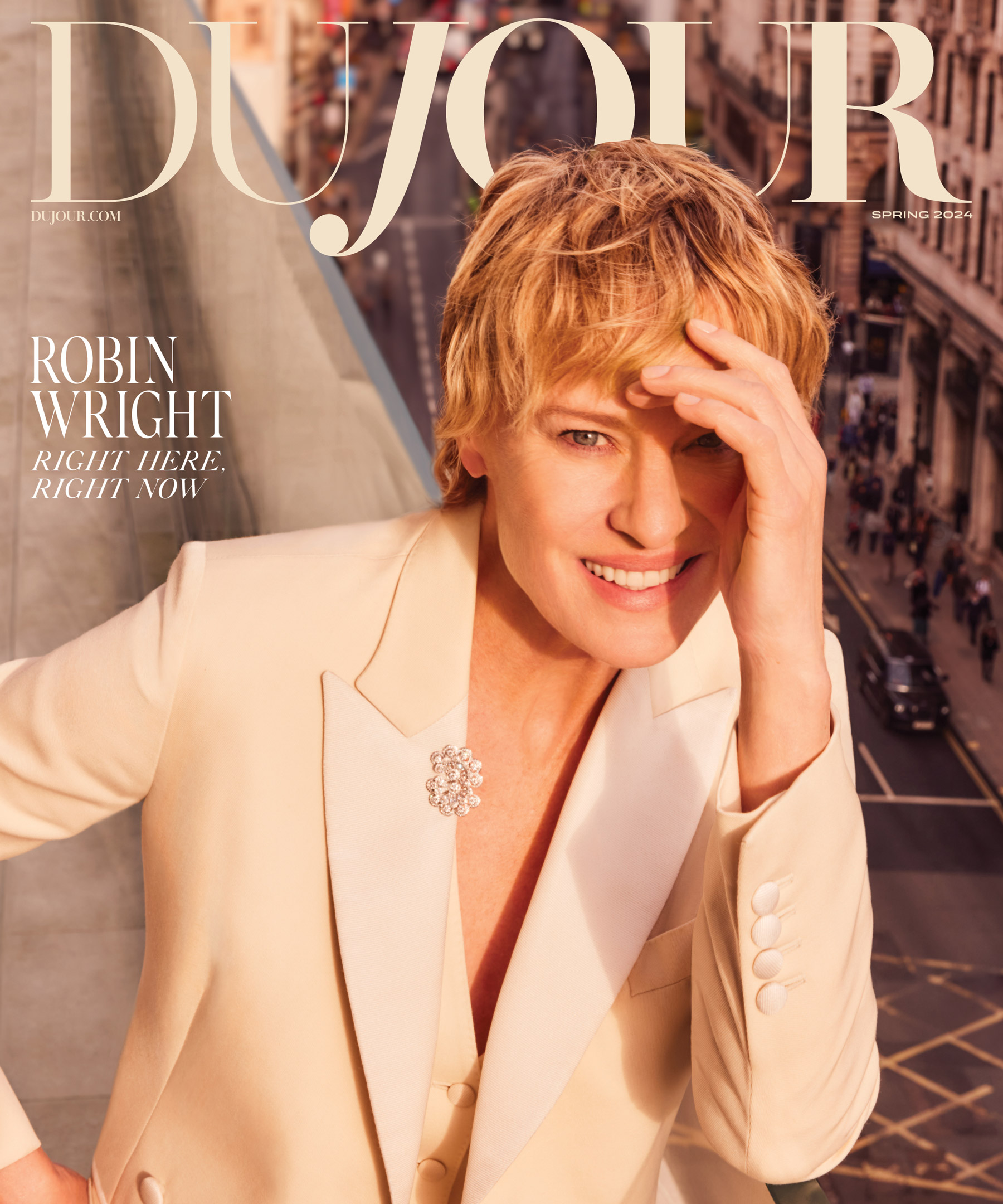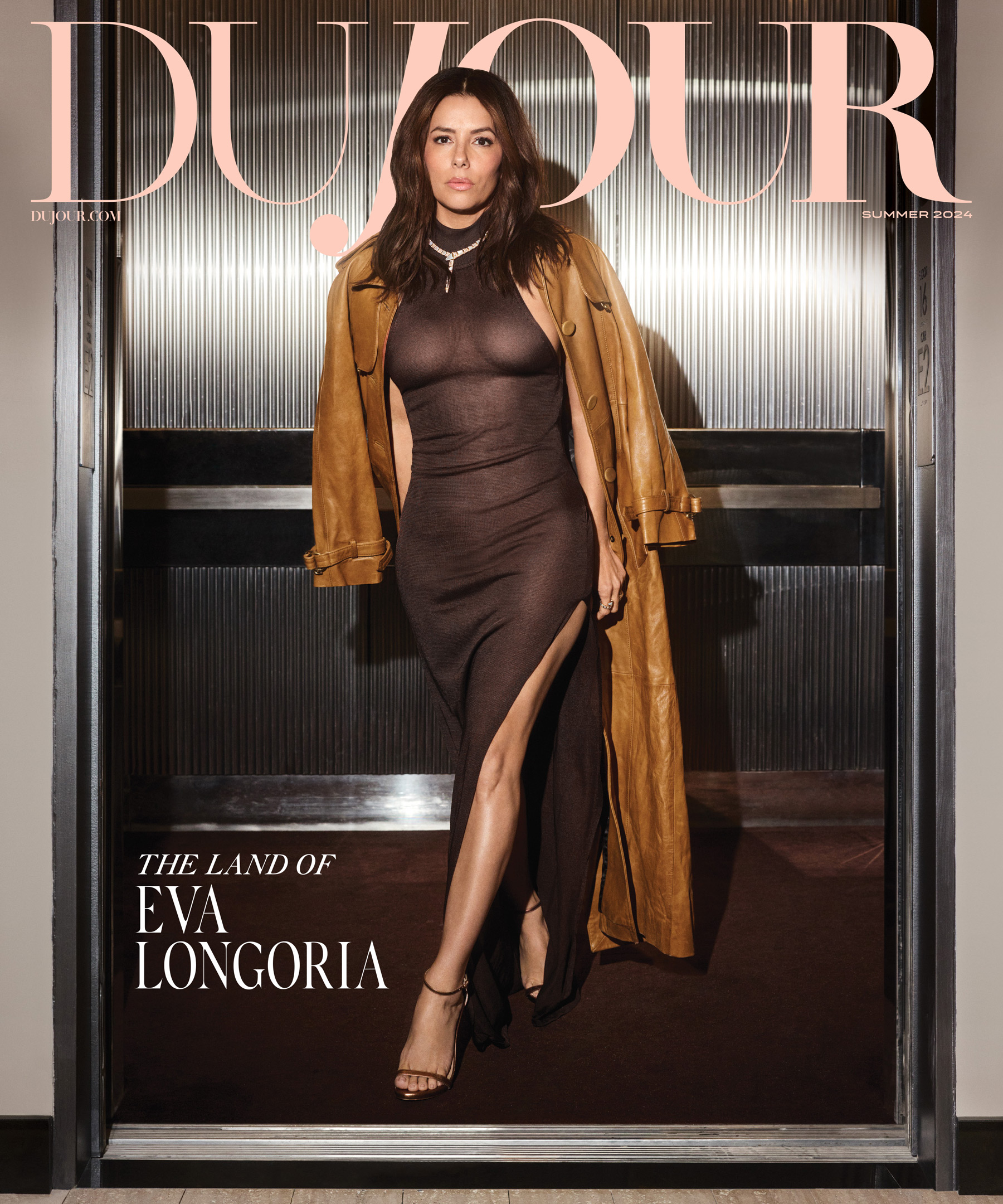Some things fit together nicely: chocolate and peanut butter, milk and Oreos, Captain and Tennille. A less intuitive twosome would be the high-end designer and the mass retail outlet. Yet the past decade has seen dozens of surprising—and successful—collaborations, including avant-garde brand Comme des Garçons and French maison Lanvin for H&M (in 2008 and 2010, respectively) and hot upstarts like Proenza Schouler and Rodarte for Target. The frenzied appeal has only gained momentum since, and each year brings the promise of more outlandish high-low unions. So, what next? Céline for Dress Barn?
Well, maybe.

Rebecca Minkoff shops the H&M Isabel Marant collection at the VIP Pre-Shopping event in New York this November; photo by Bryan Bedder/Getty
“I feel that we’re nowhere near the end of this phenomenon,” says James Dion, founder and president of Dionco Inc, a retail consulting and training firm that counts Swarovski, Hermès and Coca-Cola among its clients. So while fashion obsessives may roll their eyes at the announcement of yet another buzzy alliance (print-happy Peter Pilotto for Target and menswear darling Public School for J.Crew are in the works for 2014), don’t write the trend off quite yet. “It always will and always has depended on who the designer is and what the product is and whether the consumer perceives it as being fashionable,” says Dion. “Ultimately, it’s product-centric.”
Which could be the real explanation as to why some recent endeavors—namely last year’s Maison Martin Margiela for H&M and the Neiman Marcus and Target initiative that featured the work of some 20 third-party designers (including Marc Jacobs and Oscar de la Renta)—fell flat and lingered on sales floors. The Internet has bred a super-consumer that’s savvier than ever and attuned to core tenets like value and quality, and the outré sensibilities of the former and the confusing premise of the latter failed to resonate. Attach whatever fancy name you like to the venture to drum up excitement, but shoppers ultimately speak with their money. More than anything, these cases prove that the concept continues to have lasting potential, but the followthrough is key.
The roots of the today’s collaborative spirit began in 2002 when designer Isaac Mizrahi, whose namesake line shuttered in 1998, paired up with Target. At the time the decision was seen as a considerable risk that could potentially tarnish Mizrahi’s reputation of producing clothing that had a sophisticated, playful glamour. Instead, the alliance was met with much enthusiasm and even helped the designer to relaunch his own label—a far cry from the debacle that ensued when Halston created a diffusion line for JCPenney in 1983, which discredited his mainline collection’s grandeur.
A decade after the Mizrahi experiment, the fashion landscape is vastly different. Now, it’s not uncommon for names like Vera Wang—who’s most widely known for her custom wedding dresses that can cost blushing brides tens of thousands of dollars—to have ongoing design relationships with chain department stores like Kohl’s (the same store that tapped Narciso Rodriguez for a one-off collection last year). Earlier this month, former Vogue editor-at-large Andre Leon Talley was appointed the title of artistic director at the online shoe shopping site Zappos, proving just how blurred the line between the luxury and mass markets has become.
Chanel for Wal-Mart? Don’t count on it. But don’t be surprised if it happens, either.
MORE:
Tying On Damien Hirst and Alexander McQueen
L’Wren Scott Reveals Upcoming Collaboration Secrets
We Ask Y-3: Can Athleticwear Be Elegant?


